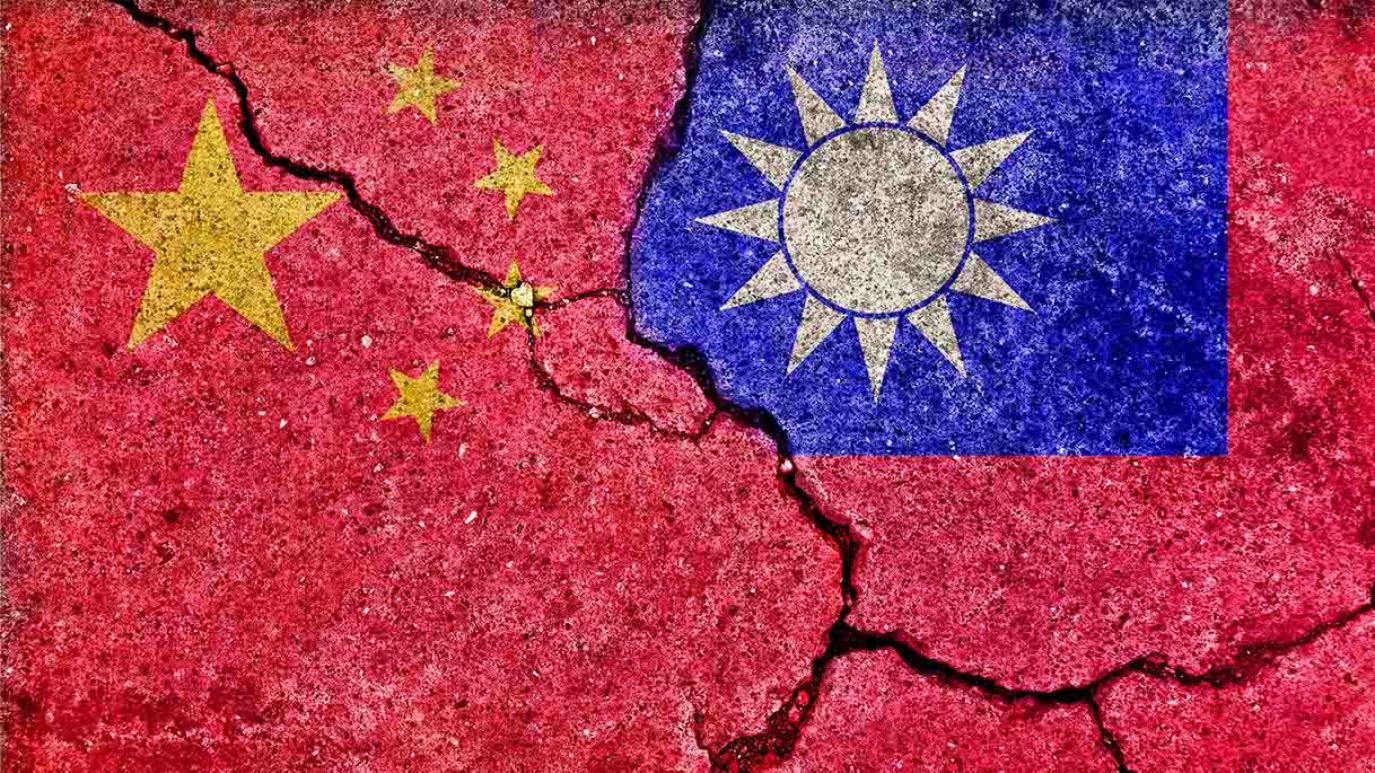
Taiwan Strait tourism has halted as the result of the Taiwan government’s ban on all organized Taiwanese tour groups to the mainland, which took effect on 1 June. Tour groups from both sides of the Strait were suspended in 2020 due to Covid.
- In May 2023, China reopened to Taiwanese tour groups.
- In August 2023, Taiwan opened to mainland tour groups, but China never lifted the ban on mainland tour groups to visit Taiwan.
- In February 2024, the Taiwan government resumed its ban on tour groups from China because 1) China did not allow mainland tour groups to visit Taiwan, and 2) China changed an air route on its east coast which could endanger Taiwan’s air defense.
- Taipei only allowed its Taiwan tourism companies to operate tours to the mainland between 1 March to 31 May 2024.
- In April 2024, China agreed to allow mainland tour groups to visit Matsu, a group of offshore islands controlled by Taiwan. However, after President Lai’s inauguration speech, viewed by Beijing as an assertion of Taiwan independence, Beijing abruptly canceled all planned trips to Matsu.
On 8 June, Taiwan’s Mainland Affairs Council (MAC) urged all Taiwanese to think carefully before traveling to China. The warning came after an incident in which Chinese authorities detained for questioning a member of a Taiwanese tour group. The Taiwanese tourist was released after several days and returned to Taiwan.
- Taiwanese media speculate that the individual may have been detained for having worked in a “sensitive profession” before retirement. MAC said that the number of Taiwanese being detained and questioned upon their arrival in China has increased with the introduction of China’s new state security and counterespionage laws.
- Taiwan’s new Premier, Cho Jung-tai, told media that Taiwanese should be wary of their safety in China, as China’s legal system and procedures are deficient.
According to Taiwan government data, 1.59m Taiwanese traveled to the mainland in 2023, and 193,000 mainlanders to Taiwan. In 2019, 2.71m mainlanders traveled to Taiwan.
China’s Incursions
On 7 and 8 June, a Chinese drone flew into the airspace of Taiwan-controlled Kinmen Island off the coast of mainland China. The drone dropped leaflets and other unidentified objects. Taiwan police tried to bring down the drone with signal-jamming guns, but the drone returned to the mainland.
- Taiwan military said it was monitoring the incident closely and was ready to take “necessary measures,” but the drone did not fly near its military areas. The Kinmen government believed the drone was operated by Chinese civilians, as its flight was livestreamed on TikTok.
- Kinmen’s government said such activity could be dangerous to residents and air traffic and urged mainland authorities to stop their citizens from committing such actions.
On 9 June, a Chinese speed boat sailed into Tamsui River in northern Taiwan and collided with several vessels at a ferry terminal. The driver of the boat claimed to be a former PLA Navy captain trying to defect to Taiwan because he was prosecuted in the mainland for political dissent. Taiwan authorities are investigating the matter to determine if this was a true defection or a test by China of Taiwan’s defense limit.
- In a press conference on 11 June, the Taiwan Coast Guard admitted that it failed to identify the boat. Taiwan radar picked up the boat six miles off of Taiwan’s coast, but the Coast Guard believed it was a returning fishing boat and failed to communicate within its ranks and with the military.
- The PLA continues daily air and naval operations around Taiwan.
China’s 5G influence in developing economies
China’s Belt and Road Initiative and its digital counterpart, the Digital Silk Road, threaten to displace US telecom and tech companies in developing economies in Africa, Latin America and the Middle East. How can US operators and network providers stand up to the challenge?